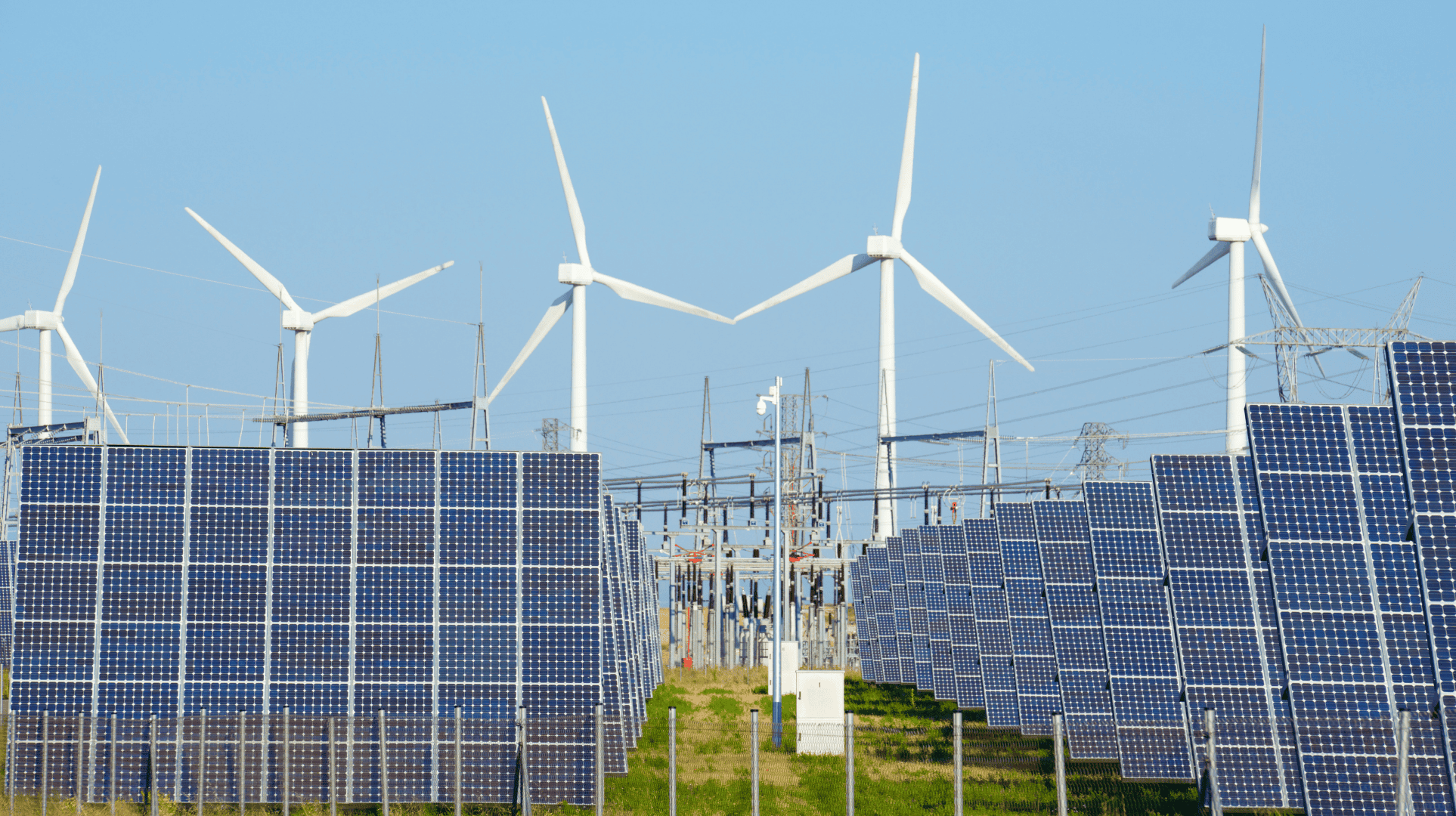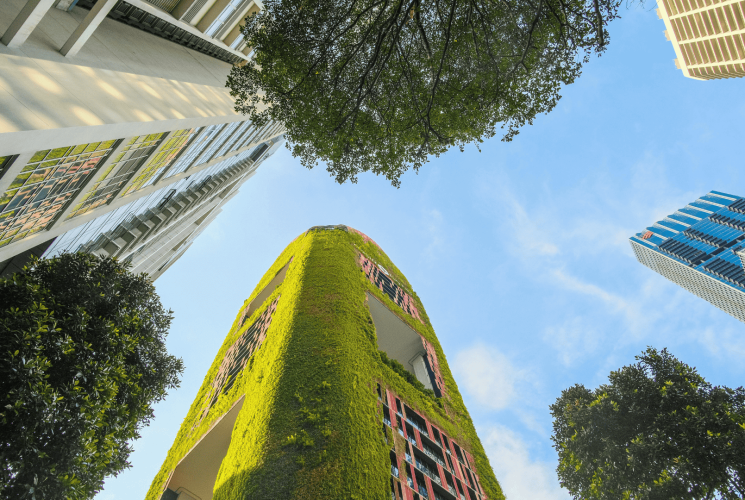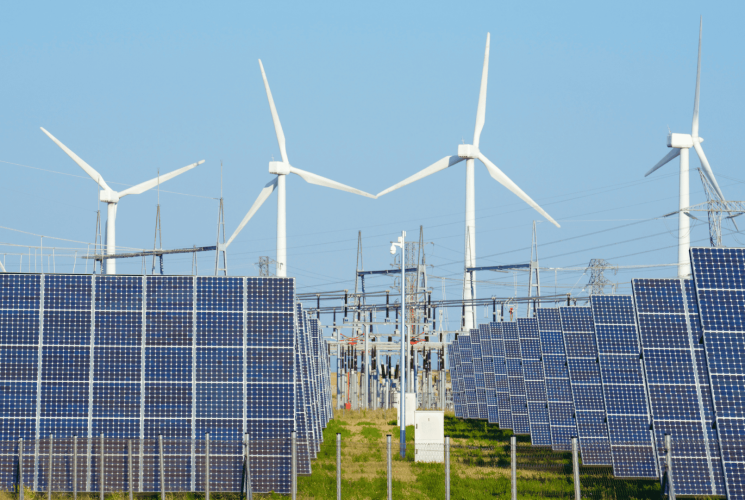Spain's Renewable Power Puzzle: Strengthening Grid Infrastructure

Spain entered 2025 as a renewable energy success story for many to follow. By the end of 2024, 56.8% of its electricity came from wind, solar, and hydropower, the highest share in the nation’s history and a record many European countries envy. But triumph quickly turned into caution when, just months later in April 2025, a cascading blackout plunged parts of the country into darkness.
The contrast was jarring. A country celebrated for clean energy leadership was brought to a standstill not because of too little power, but because of too much, or more accurately, too much renewable energy without grid infrastructure designed to handle it. This is the defining challenge for every country racing toward decarbonisation: generation is no longer the problem; integration and upgrading outdated infrastructure is.
The Inconvenient Truth About Overproduction
Spain’s renewables expansion is extraordinary by any measure. In 2024 alone, the country added 7.3 GW of new capacity, bringing total installed power to 129 GW. But the growth of storage has been sluggish in comparison. Only 18MW of standalone battery storage is currently installed in Spain, 300 times less than in Great Britain, leaving the system unable to absorb and redistribute excess electricity.
The consequences are already visible. Spain recorded 244 hours of negative electricity prices in 2024, a staggering increase from just three hours in 2022. This isn’t a sign of success but a warning of when renewable power has nowhere to go, the system bends under its own weight.
The April 2025 blackout drove the message home. Solar power, abundant but lacking grid inertia, couldn’t stabilise frequency when demand shifted suddenly. Weak interconnections with Europe’s broader grid limited backup options, and an infrastructure built for a fossil-fuel era proved unable to react. This was not a failure of renewables, but a failure of system design.
The Grid Is Now the Real Focus
The renewable debate has moved on. The question is no longer “Can we generate enough clean energy?” but rather “Can we build a grid capable of managing it?”
Spain’s policymakers appear to recognise this shift. The National Energy and Climate Plan (NECP) now calls for 22.5 GW of storage by 2030, with 9.2 GW targeted by 2025. A €700 million program is already being deployed to build battery, pumped hydro, and thermal storage facilities; particularly in Andalusia, Castilla-La Mancha, and Galicia, regions where solar and wind growth has outpaced grid stability.
Yet, even this plan may prove conservative. Energy systems undergoing such rapid transformation require not just incremental upgrades, but a wholesale rethinking of how grids operate.
Policy Innovation: Building Confidence and Capacity
Spain has started to reshape its policy landscape to keep pace with this new reality. Auctions that bundle renewable projects with storage are creating incentives for developers to think beyond generation. In June 2025, the Spanish Government pledged €700 million towards supporting large-scale energy storage projects to improve grid flexibility.
The capacity market, scheduled to launch in 2026, could prove to be the most important reform of all. By compensating providers for being available as backup rather than just for the electricity they produce, it will shift focus from sheer output to reliability and flexibility, two things Spain desperately needs as renewables dominate the mix.
Regulatory barriers, long a bottleneck, are also being addressed. Royal Decree 1183/2020 and recent CNMC guidelines have streamlined approvals for battery storage projects, while EU funding through the ERDF is helping accelerate critical grid upgrades.
But these measures, while encouraging, remain policy responses to a structural problem that demands a strategic change.
From Quantity to Strategic Resilience
Rapid renewable growth delivers its full value only when the supporting systems are built with equal ambition. Spain’s recent challenges underline how essential it is to design energy networks that can adapt under stress, whether from extreme weather, sudden demand changes, or cross-border market shifts. Resilience comes from diverse storage technologies, robust interconnections, and operational strategies that treat stability as a constant objective rather than a last-minute fix. For countries accelerating toward high renewable shares, the path forward depends on weaving these elements into expansion plans from the very start, ensuring progress strengthens the system instead of straining it.
Recruitment: Building the Workforce for a Renewable Grid
Spain’s grid modernisation and storage expansion are creating strong demand for a skilled workforce. Thousands of engineers, data analysts, project managers, and technicians will be needed to design, build, and maintain new infrastructure.
Recruitment is a core part of the strategy. Companies are seeking talent in electrical engineering, battery storage management (BESS), software for grid monitoring, and renewable integration. Universities and training programs are being encouraged to align their courses with these emerging needs. This wave of hiring represents a chance for Spain to boost employment, attract global expertise, and position itself as a hub for green innovation.
The Global Lesson: Clean Energy Needs a Smart Backbone
Spain’s clean energy record still stands as one of Europe’s leading case studies, yet its blackout serves as a reminder that the energy transition is as much an engineering challenge as it is a generation goal. True decarbonisation relies on the infrastructure that supports it. Batteries, intelligent grid management, and cross-border cooperation form the foundation of a secure and flexible power system. If Spain delivers on its storage and modernisation plans, it can set an example for how to integrate high renewable penetration without sacrificing reliability. Until then, its experience offers a valuable case study for nations that want their climate ambitions matched by systems that can carry them.
Recent news and views
How to Build A Development Team in the USA
Build a strong development team with the right skills, culture, and strategy. Learn how US renewable recruitment works and how to attract, hire, and retain top talent in a competitive market.

Sustainability in Transition: A Changing Market, a Crowded Talent Pool, and the Value of Specialist Recruitment
Over the past 12 months, the sustainability market has entered a new era. The job market surrounding it has become more complex, competitive and in many cases, challenging to navigate for both employers and candidates.

El rompecabezas de la energía renovable en España
El apagón de 2025 en España mostró que el reto está en la infraestructura, no en las renovables. Redes inteligentes, almacenamiento y flexibilidad serán claves para un futuro energético limpio y resiliente.

How to Build A Development Team in the USA
Build a strong development team with the right skills, culture, and strategy. Learn how US renewable recruitment works and how to attract, hire, and retain top talent in a competitive market.

Sustainability in Transition: A Changing Market, a Crowded Talent Pool, and the Value of Specialist Recruitment
Over the past 12 months, the sustainability market has entered a new era. The job market surrounding it has become more complex, competitive and in many cases, challenging to navigate for both employers and candidates.

El rompecabezas de la energía renovable en España
El apagón de 2025 en España mostró que el reto está en la infraestructura, no en las renovables. Redes inteligentes, almacenamiento y flexibilidad serán claves para un futuro energético limpio y resiliente.

Sign up to our newsletter
Jobs, insights, resources and more. A monthly update, straight to your inbox.





